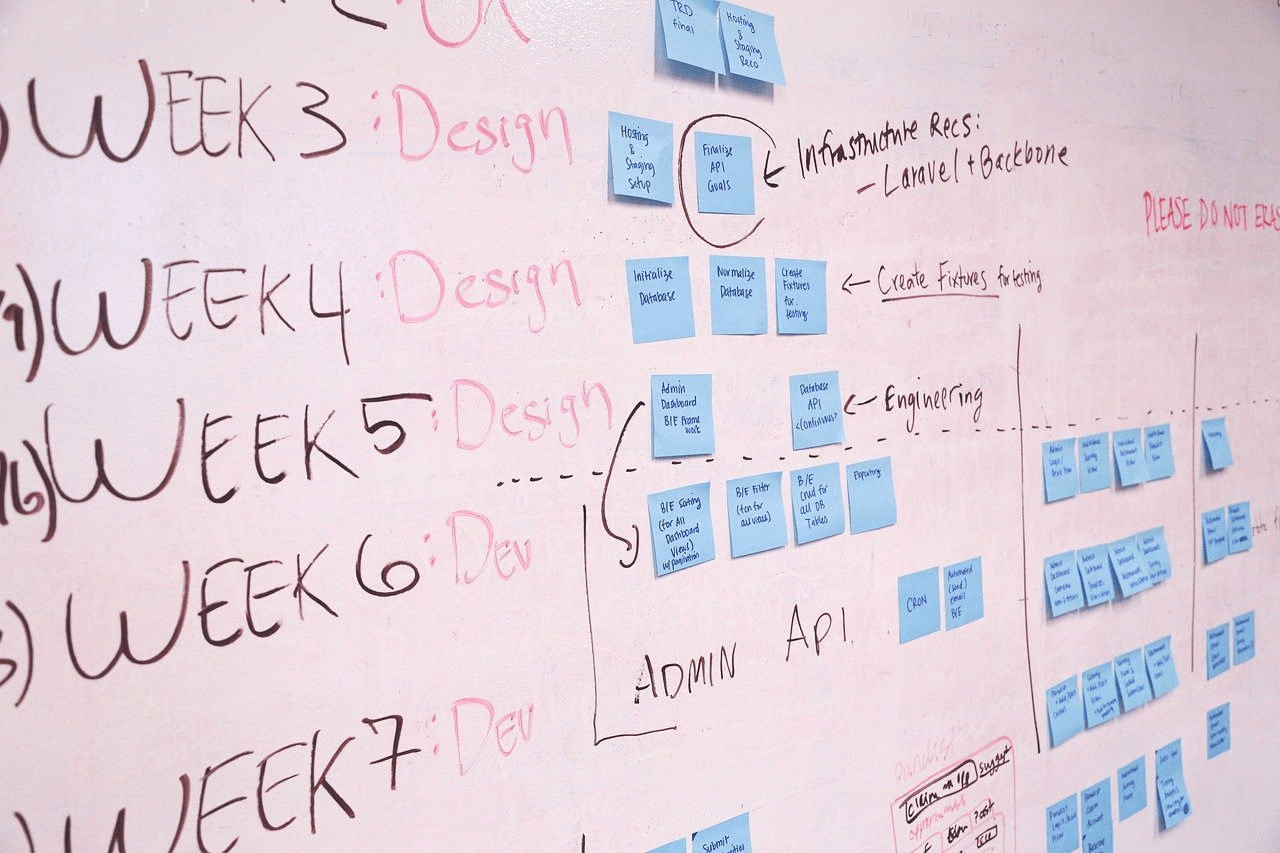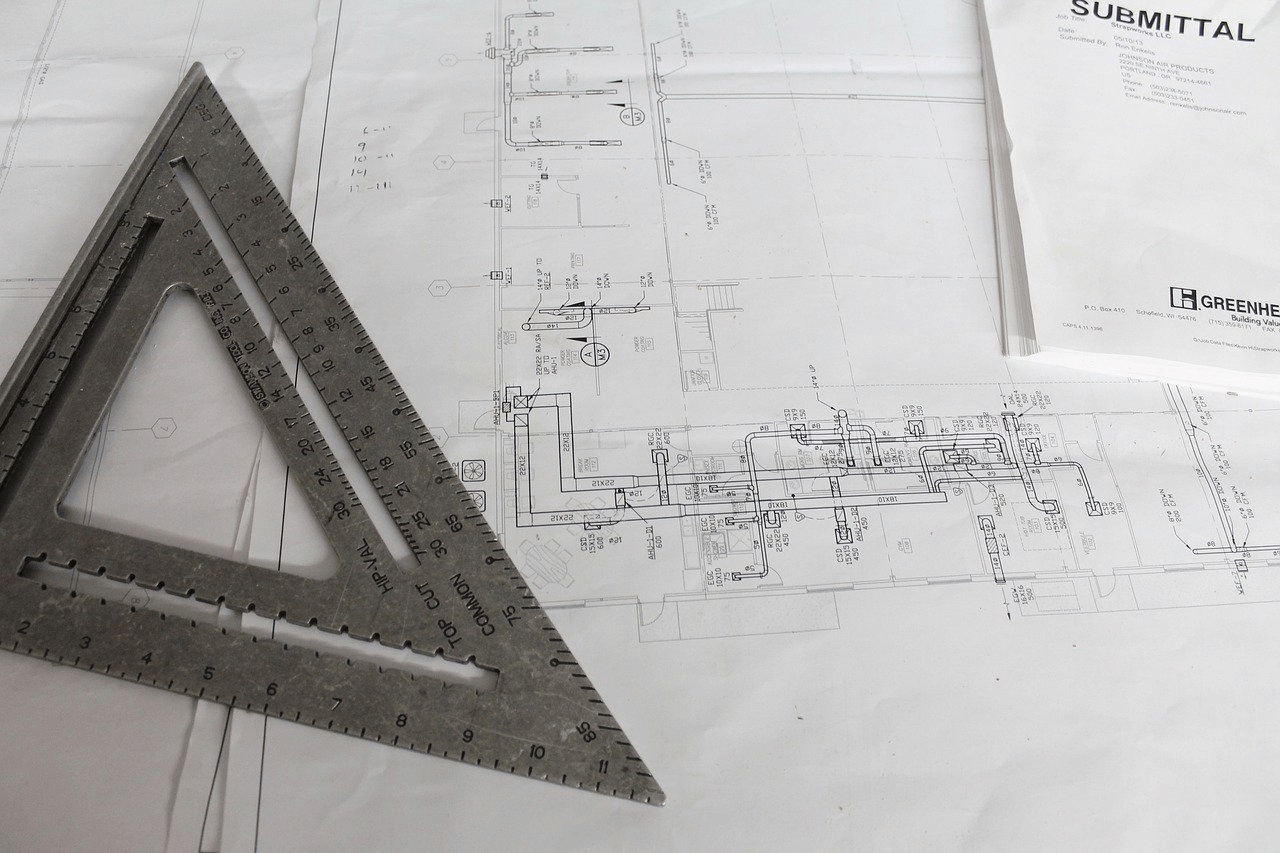Project variances are a real nuisance, and successful project managers must manage them as best they can.
CONTENT
- What are design variations?
- Why is change management important?
- How to best manage the project variance
- 1. Initiating a change request
- 2. Evaluation of the change request
- 3. Analysis of the change request
- 4. Implementation of the amendment
- 5. Completion of change request
- Project variants: Conclusions
Changes are inevitable and can occur at any point in the project life cycle.
The key is finding the best way to accommodate and adapt to these changes.
Let’s see in this article what a project variance is and how best to manage it.
What are design variations?
Project variants are qualitative or quantitative changes to the project that become necessary due to certain changes, such as:
- Changes to the delivery date and project milestones.
- Changes in costs related to personnel or other resources needed for the project. (You might be interested in this article on how to get project costs under control)
- Technical changes, such as switching to new technology or software.
- Change of priorities.
- New laws and regulations.
- People leaving the project and/or new people joining the team.
In essence, a change that leads to a design variance is anything that will impact other design elements.
Some of these changes may be expected, such as a stakeholder sharing details at a later date that, having not been anticipated, could affect the project’s scope.
However, many of these changes may be completely unforeseen and difficult to plan for in advance.
Why is change management important?
Effective change management is a vital skill for a project manager to learn.
However, this does not mean that all required changes are necessary or that a project manager must be so flexible as to allow changes whenever the clients want them.
The ability lies in creating a robust process that tells stakeholders when it is permissible to request changes and how.
This kind of flexibility in project management improves stakeholder satisfaction while helping to establish clear project boundaries and objectives.
How to best manage the project variance
We now come to this article’s critical point: how best to handle a project variance.
Here are what the main steps are:
1. Initiating a change request
The first point is to receive a change request.
There may be numerous reasons for this: for example, content creation may be delayed, and as a result, an adjustment of the due date is required.
Although a request is more likely initiated by a stakeholder or project leader, in principle, anyone can request a change.
A change request must include all the information necessary for its evaluation.
2. Evaluation of the change request
In the evaluation phase, a decision regarding the project variant is not mandatory, but the background information and implications that the request would have on the overall project are checked.
Critical factors in a project include timing, cost and budget, documentation, quality, and resources.
Initiating a change in the life cycle of a project should be done only after changes to these factors have been properly determined and analyzed.
If the change request passes the initial evaluation, it goes to the analysis stage, where a final decision is made.
3. Analysis of the change request
At the analysis stage of the expected effects of the changes, the final decision is made on whether the application will be approved or rejected.
An approved change request must be documented in the change log and at any other point in the project communication to ensure that all interested parties are informed.
Although it is not necessary to notify stakeholders of a denied request, it is still required to document the occurrence.
4. Implementation of the amendment
If the change request is approved, we move on to the implementation phase of the project variance.
Implementation will look different depending on the phase and type of project, but generally, it consists of updating plans and possibly even final results.
5. Completion of change request
Once the change request has been documented, shared, and implemented, it can be officially closed.
Although we often do not have a formal closure procedure, keeping this information in a central location to which all stakeholders can refer if necessary is still useful.
In the project’s final phase, documentation, change logs, and all communications should be stored in a common place that can be accessed later.
Project variants: Conclusions
The most important aspect of dealing with a project variance is always to be prepared.
It is important to remember that changes in project management can be commonplace, and many factors, such as resource allocation, finances, and accessibility, can also change several times during the life cycle of a project.
As a result, no matter how detailed the project plan is and how well prepared a project manager may be, changes present challenges that are sometimes very tough.
Fortunately, technology is also a valuable aid in project management.
Good project management software becomes a good ally for project managers in all industries.
This tool can guide you through the entire process of collecting and managing changes throughout the project life cycle.
The project variance can be best managed with the proper knowledge and the best project management software.






























